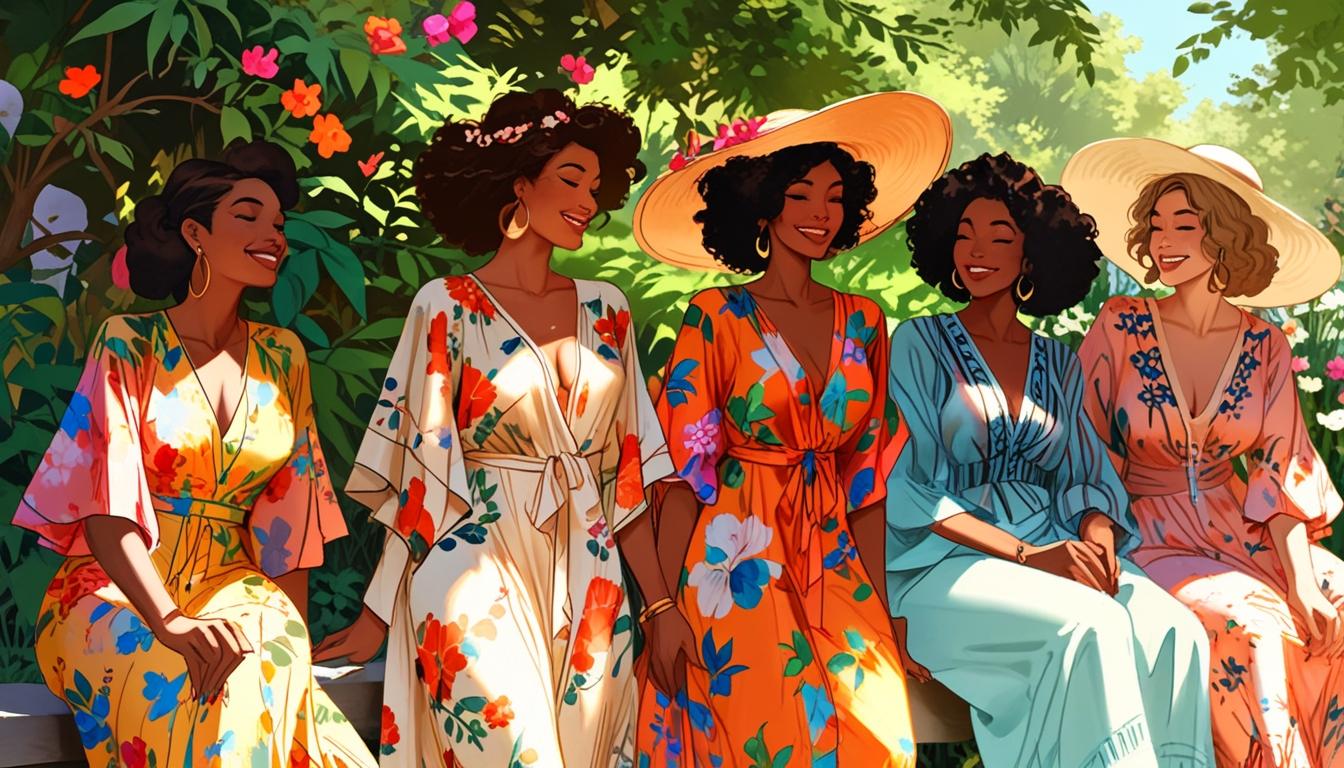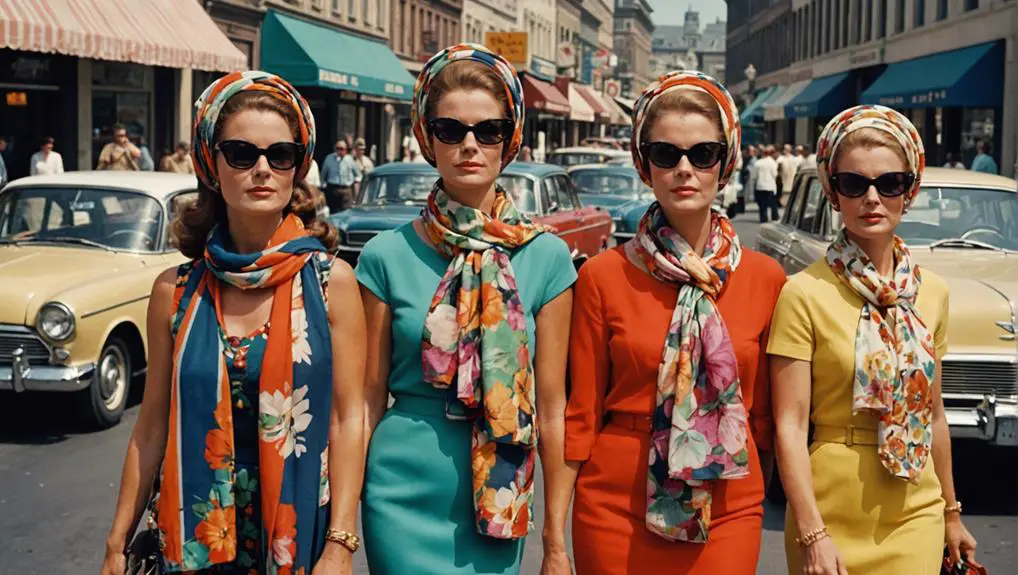Exploring the rich history and modern adaptations of the caftan, a versatile garment embraced by fashion icons and independent designers alike.
The caftan, a garment steeped in history and cultural significance, has origins traced back to the Middle East, especially ancient Persia, which is now modern-day Iran. Over the centuries, this versatile attire has journeyed across regions, finding a place in various cultures, from Russia to the East. Initially worn by men, the caftan has evolved into a unisex piece that showcases an array of styles, fabrics, colors, and qualities suitable for both everyday wear and opulent occasions. Celebrated by fashion icon Diana Vreeland in the 1960s as “a fashion for beautiful people,” the caftan became a canvas for experimentation by renowned designers such as Emilio Pucci, Halston, and Yves Saint Laurent, who were notably influenced by its connections to Moroccan aesthetics. Although its modern fashion presence began in the 1920s with contributions from Paul Poiret and painter Gustav Klimt, the caftan’s evolution continues to reflect its rich heritage.
The garment’s design and multifaceted usage position it as an ideal choice for summer and mild spring climates. A notable moment was last summer when singer Elodie donned an ochre caftan for her mother’s wedding. Its versatility and elegance have attracted various style icons and celebrities over the years, including Vreeland herself, as well as Bianca Jagger, Marella Agnelli, and “the most famous Countess of Italy” Marta Marzotto. Many caftans worn by these figures were original ethnic pieces, but it’s common to find handcrafted designs by Italian designer Giuliana Cella, who gained the title of “Queen of Ethno-chic” following the success of her creations that even made their way to the White House.
Renowned designer Sara Roka, who launched her namesake brand in 2010, has adopted the caftan as one of her signature pieces. In an interview, Roka revealed her journey from Vancouver, Canada, after persuading her parents to move her to New York at 18. She subsequently attended the Fashion Institute of Technology and the Polimoda Fashion Institute in Florence. Roka began her fashion career crafting patterns and collections, personally transporting them to major fashion fairs across cities like Paris, London, and New York. Her passion for fashion began in childhood, inspired by her artistic inclinations and her mother’s sewing, leading her to realize at 15 that becoming a designer was a legitimate career path.
Despite challenges faced by small independent designers, including the global pandemic and a complex economic landscape, Roka finds creative solutions and presently collaborates with an experienced team. She reported a successful increase of 10% in her FW 25 sales campaign, indicating a cautiously optimistic outlook for the future. Roka emphasizes sustainable production methods and the creation of timeless garments, aiming to counter the fast fashion trend by crafting collections that surpass previous designs. Her commitment to using high-quality textiles such as cotton and linen, along with producing entirely in Italy, enables her to maintain control over the entire supply chain.
Regarding her fascination for caftans, Roka draws inspiration from luxurious summer vacations and the elegance of women who represent a sophisticated lifestyle. She cited the effortless luxury depicted by icons like Marella Agnelli and Jackie Kennedy, from whom she has derived creative influence. Roka highlighted that “the caftan enhances every woman and adapts well to a relaxed holiday rhythm,” making it versatile for occasions from breakfast to dinner. She expressed a particular fondness for crafting caftans in pure silk, featuring vibrant floral prints and contrasts in poplin.
Her designs particularly appeal to women who appreciate the blend of masculine and feminine elements, utilizing traditionally male fabrics like poplin. Roka’s clientele values the tradition of Made in Italy fashion, fostering a balance between quality and affordability. There is immense satisfaction for Roka in witnessing a woman confidently wearing her creations in the streets or receiving messages from customers expressing gratitude for the joy her clothes bring them.
With its longstanding history and ceaseless innovation, there exists a caftan to suit every taste, ranging from minimalist to eclectic designs. Among Roka’s offerings are silk caftans featuring floral or animal prints, and striped versions with matching fabric belts reflecting a 1950s style. Missoni has also presented colorful crochet caftans, while Valentino introduced an elegant total black variation with a daring side slit during the spring-summer 2024 collection. Iconic prints from Pucci have continued this tradition, while Alberta Ferretti has frequently showcased sheer fabric designs, and brands like Etro and Chloé have explored more bohemian styles with decorative elements such as ruffles and ethnic prints. Through these various interpretations, the caftan endures as a timeless symbol of style, flexibility, and sophistication.
Source: Noah Wire Services




